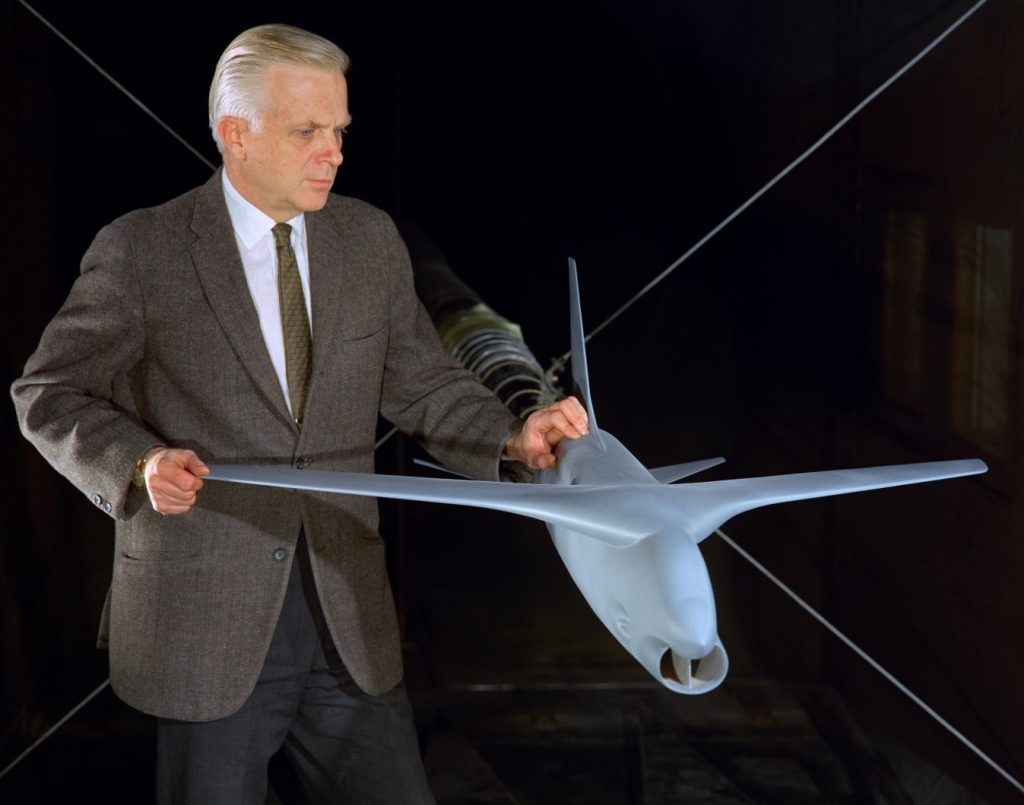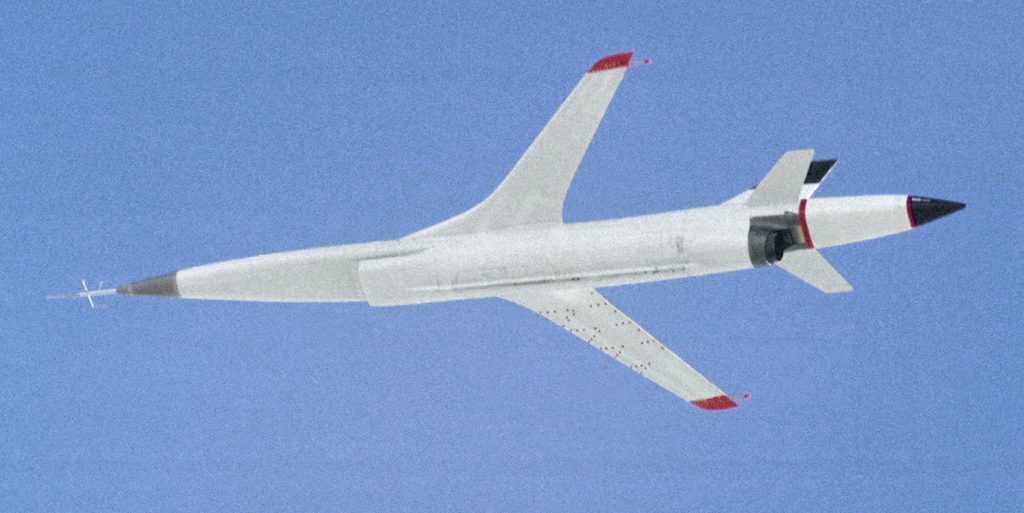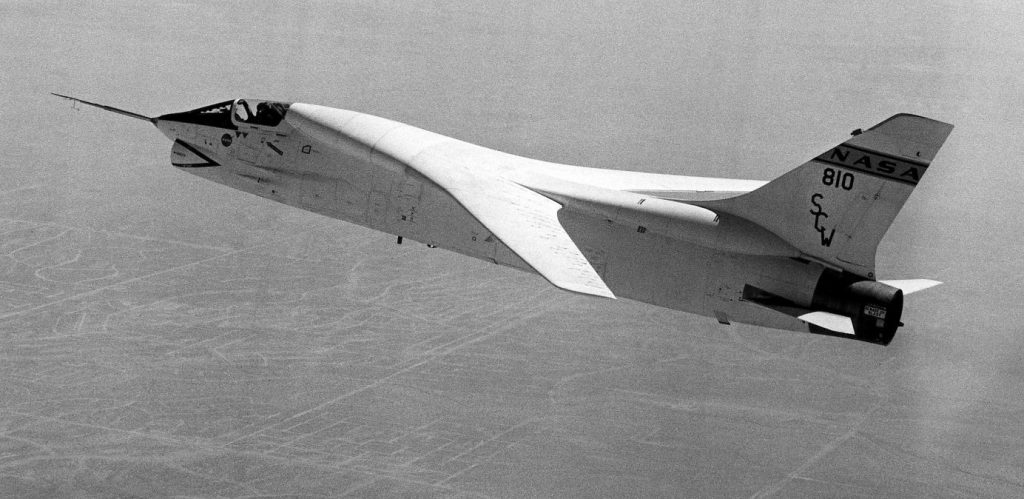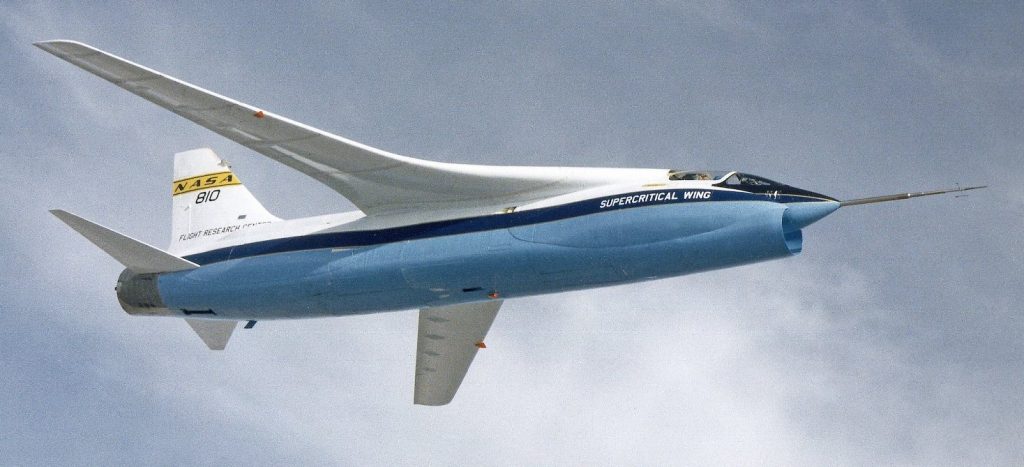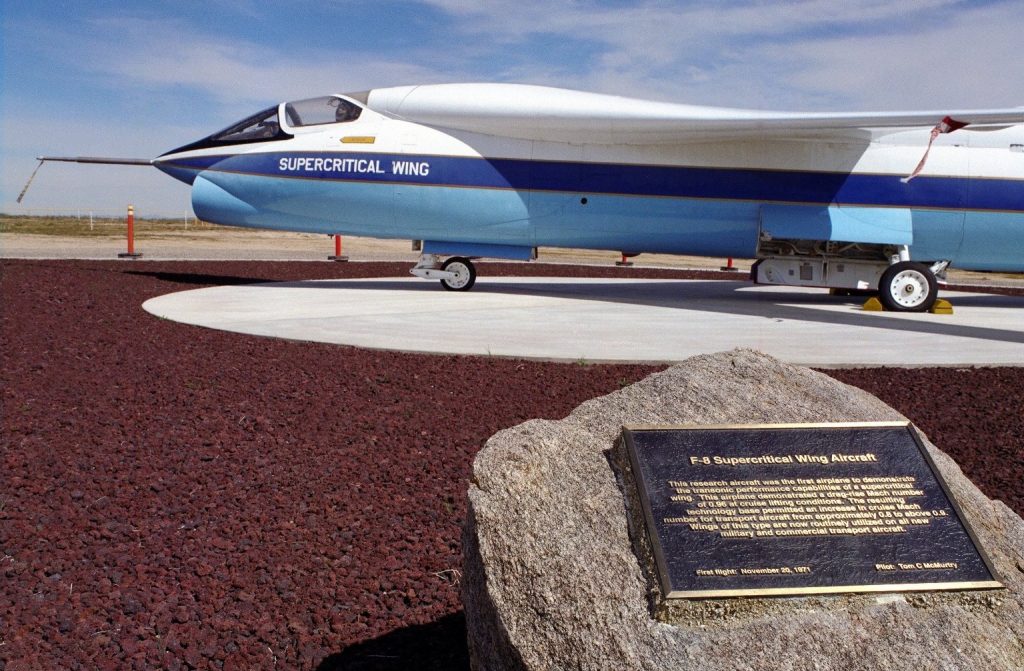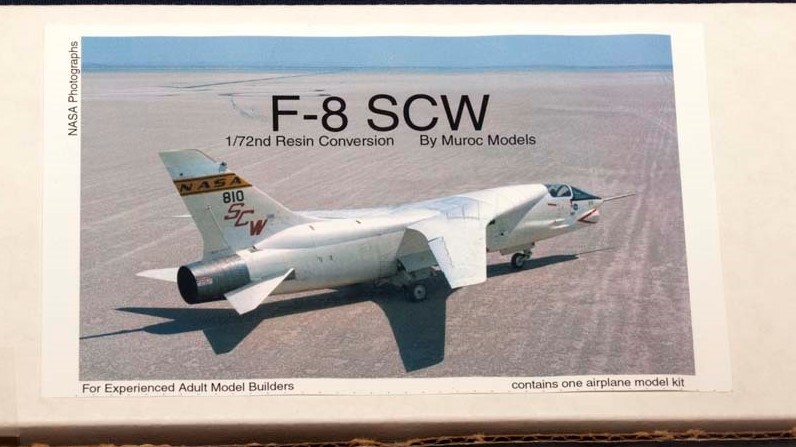“The airline industry has the worst financial performance of any of our major business sectors. While the industry has enjoyed some profitable years, airline operators as a whole have lost money since deregulation in 1978.”– from Current Situation and Future Outlook of U.S. Commercial Airline Industry, September 28, 2005
In September 2005, the U.S. House of Representatives’ Committee on Transportation and Infrastructure, and the Subcommittee on Aviation, heard testimonies on the economic viability of the U.S. airline industry. It wasn’t good.
Here’s some quotes from the report:
“Historically, airlines have failed at a much higher rate than most other types of businesses.”
“In fact the U.S. airline industry has seen 150 bankruptcy filings in the last 25 years, an average of almost six per year.”
Bankruptcies don’t work because “…history has shown that the growth of airline industry capacity [a type of competition based on supply and demand] has continued unaffected even by major liquidations.”
“Over the past four years, U.S. commercial airlines have lost over $32 billion collectively and it is estimated that the industry will experience another $10 billion in loss in 2005.”
Don’t blame the September 11, 2001 attacks, the airlines were in trouble before that: “…well over 100,000 jobs have been lost in this industry since that time [the year 2000] and just recently, in concert with their announced bankruptcies…”
Don’t blame the cost of labor, like the CEO of American Airlines is doing: “Numerous factors have contributed to the problem and Mr. Kiefer mentioned some of them. I would say that three stand out in the current environment: very high jet fuel prices, intense price competition in the domestic market; and heavy debt and pension burdens.”
So they whine about fuel prices, but haven’t they been jacking up their ticket prices to cover that? They whine about competition! Isn’t competition the American Capitalist way? I think the mantra goes ‘if you can’t handle the competition then you should get out of the business’. And they whine about being in debt! You see, we individuals have been lectured for years about the sins of debt, yet the biggest debt offenders are the Corporations of America (after the Federal government)!
However, a professor from the Northeastern University Boston, and a senior fellow from the Brookings Institution, testified that in their opinion the three biggest costs to the airline industry is fuel, competition and labor.
Speaking of labor and American Airlines, the 2005 testimonies show that labor cost for the now bankrupt airline had already been reduced: “…airline employees have been asked to take substantial pay cuts, trim their benefits and in some cases, lose their jobs. Exhibit 5 in my remarks shows broad expense categories for AMR, parent of American Airlines, in 2002 and in the second quarter of 2005. Over that period labor costs declined from 41 percent of total expenses to 32 percent.”
Again, don’t blame the cost of labor: “…airlines have undertaken significant steps to trim their losses but these have so far been insufficient to restore profitability, largely because of the fuel prices.”
The nature of the industry makes it almost impossible to make a profit, it involves a lot of guessing and optimism: “The airline industry has always been a cyclical one because the demand for air travel is sensitive to the level of economic activity and carriers must invest in capacity well before they know the level of economic activity and demand.”
Airlines have always used bankruptcy to destroy union labor contracts, in the name of competition: “Legacy carriers have been cutting costs where they can and since labor is the largest category of airline costs, it has been the target
of cost cutting and enhanced productivity through negotiation as well as in bankruptcy as the legacy carriers seek to reduce costs to compete with low cost carriers.”
Some officials blamed the consumers for not being able to pay higher ticket prices, and blamed airline executives for not having the guts to pass on the true cost of fuel to their customers, again in the name of competition: “The airline industry however suffers from the burden of having to pay high prices without the flexibility of necessarily receiving higher fares. Historically, carriers have been loathe to pass on higher fuel costs in the form of any additional tariff for fear of being undercut by competition. This has led to a vicious cycle within the industry…” In other words, ticket prices haven’t gone high enough!
According to testimony from Moody’s officials, most airlines that go bankrupt don’t really change the way they do business: “Airlines operating in bankruptcy generally continue to pay airport rates and charges and in most cases do not radically downsize their operations.”
Testimony at the 2005 hearings foretold of American Airlines’ bankruptcy filing on November 29, 2011. The testimony was about what else American Airlines could do to further reduce their costs, and how to do it: Mr. MICA. “Again, pensions would still be sort of the big enchilada in obligations and fuel?”
Mr. BAGGALEY. “Actually, the largest portion of American and other airlines’ obligations are secured debt and leases. Pension deficits are significant but they are a minority of the total.”
Mr. MICA. “The only way you can restructure those would be through bankruptcy or negotiation?”
Mr. BAGGALEY. “Yes.”
Philip Baggaley, of Standard & Poor’s, also testified that many financial problems for the airline industry are “inherent” and go back before the 1990s.
Baggaley also explained that a major reason for legacy (airlines created before the 1978 deregulation) airlines filing bankruptcy was to destroy the pension (retirement) programs for their employees. He admitted that financial institutions like to see companies destroy their employees’ retirement plans, and rewarded the companies with better credit ratings!
Baggaley also explained that wages and benefits are always the target of corporations, because it is the easiest to control. Airline executives target labor as a way to offset the uncontrollable fuel costs. However, he showed that fuel costs have gone up so much that drastic labor cuts, without declaring bankruptcy, are no longer enough. From 2002 to 2005 American Airlines gained, or saved, $1.8 billion in labor concessions, but they still lost $3.2 billion to fuel costs.
Baggaley also explained that while company mergers normally work for other industries, in reducing overall costs, history shows that mergers actually increase operating costs for legacy airlines. He called it a “zero sum game”, and added that the only potential benefit for airlines filing for bankruptcy, and even merging, is that it’s a way of reducing competition: “…bankruptcy restructuring and mergers have the potential to improve the industry’s financial health, but only if accompanied by reduced capacity [a way of reducing competition] and, most important, by lowering operating costs.” Remember, competition is one of the three main reasons the airline industry is failing.
Mark Kiefer, of CRA International (economic and management consulting firm), testified that the problems with the airline industry go all the way back to the 1978 deregulation. He explained that the only time the airlines were really “profitable” was when they were being regulated by the Federal government!
Kiefer said government regulation kept ticket prices up, and limited the number of airlines allowed to operate (thus killing competition). Since deregulation ticket prices dropped, and smaller more competitive airlines were born. Even after more than 30 years, the bigger, older (legacy) airlines just can not compete with the smaller younger Low Cost Carrier (LCC) airlines. Under the traditional concept of capitalism, doesn’t that mean the legacy airlines should be allowed to die?
Kiefer also explained that the legacy airlines are still operating pre-deregulation when it came to wages and benefits for employees. They tend to pay more than the LCC airlines, and offer company health and retirement benefits. Kiefer says no LCC airline offers such benefits. LCCs do offer “…defined contribution and profit sharing plans that have a much lower overall cost to the airline.”
Steven Morrison, Northeastern University Boston, and Clifford Winston from the Brookings Institution, say that, amazingly even after 30 years, the legacy airlines “…still needs time to adjust to its deregulatory freedoms by ridding itself of remaining cost inefficiencies…” In other words, the last hurdle to fully deregulating the legacy airlines is unionized labor.
But while the highly edjumacated college officials blamed labor for the airlines’ problems, U.S. Representative James Oberstar put the blame squarely on the legacy airlines: “Since deregulation, the legacy airlines’ revenue model has depended on extracting premium fares from a small percentage of passengers. That revenue model began to unravel in the year 2000…”
Of interest is the testimony from the executive director of the Air Carrier Association of America, Edward Faberman. Who better to explain to woes of the airline industry, and guess what, he did not blame labor! He blamed, in order, fuel costs, homeland security costs, airport expenses, air traffic control expenses, Customs & Border Control service expenses, and finally cancelled flights.
Very interestingly, Faberman actually countered the claims of many of the experts mentioned above. Even though the airline industry was deregulated back in 1978, the legacy airlines are still getting subsidized by the government! He basically said that in the name of competitive capitalism the big old legacy airlines should be allowed to die off, and that the LCCs should take over.
Finally, here’s what the airline officials in the United Kingdom think of the U.S. airline industry: “But America, land of the free, is turning itself into the land of the free ride. In the last four years, the airlines have soaked up $15 to $20 billion of public subsidy and loan guarantees. They’re operating in protected markets, they’re hoovering up public funds and they still can’t make a profit. They are dumping capacity on the North Atlantic, distorting competition and pricing for cash. They struggle to compete and, at some, the workforce has been demoralized. The more the government has tried to help, the worse things have become.”-Rod Eddington, CEO British Airways, September 22, 2005
